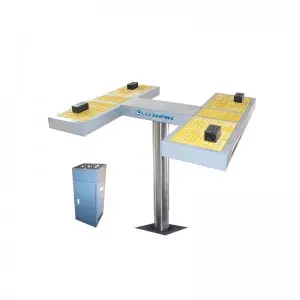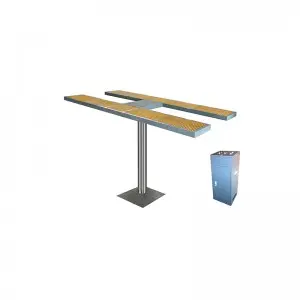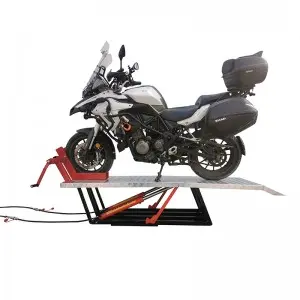Cylinders are one of the most common and versatile shapes found in nature and human-made objects. From pencils to wheels, from water bottles to engines, cylinders can be found everywhere in our daily lives. In this article, we will explore the properties and uses of this fascinating shape.

Cylinder: A Versatile Shape With Many Uses and Properties
First, let’s define what a cylinder is. A cylinder is a three-dimensional geometric shape that has two parallel circular bases and a curved lateral surface connecting them. The distance between the two bases is called the height or the length of the lateral surface. The radius of each base determines the overall size of the cylinder.
One of the most well-known properties of cylinders is their volume. The volume of a cylinder is equal to the area of one base multiplied by the height. The formula for the volume of a cylinder is V = πr²h, where V is the volume, r is the radius of the base, and h is the height. This simple formula can be used to calculate the volume of any cylinder, regardless of its size or application.
Another important property of cylinders is their surface area. The surface area of a cylinder is equal to the sum of the areas of the two bases and the lateral surface. The formula for the surface area of a cylinder is A = 2πr² + 2πrh, where A is the surface area, r is the radius of the base, and h is the height. The surface area of a cylinder is also used in many applications, such as calculating the amount of paint needed to cover a cylinder or the heat transfer between the cylinder and its surroundings.
Cylinders have many practical uses in engineering and manufacturing. For example, cylinders are used as the main working components in internal combustion engines. The pistons move up and down inside the cylinder, converting the energy from fuel combustion into mechanical energy that drives the vehicle. Similarly, hydraulic cylinders are used to produce linear motion in heavy machinery, such as cranes, bulldozers, and excavators. These cylinders use pressurized fluids to move a piston, which in turn produces a power stroke.
Cylinders also have applications in the field of mathematics and geometry. One famous example is the use of cylinders in the field of calculus to represent the surface area and volume of revolution. This concept is used to solve complex mathematical problems, such as finding the volume of a wine bottle or a vase with a curvy design.

Cylinder: A Versatile Shape With Many Uses and Properties

Cylinder: A Versatile Shape With Many Uses and Properties
In architecture, cylinders are often used as basic construction elements in the design of buildings and structures. For example, many skyscrapers feature cylindrical columns that support the weight of the building while also providing an aesthetically pleasing design. The circular design of cylindrical columns also helps to distribute the load evenly, resulting in a more stable and durable structure.
In conclusion, cylinders are an extremely versatile shape that has many practical and theoretical applications. Their unique properties, such as volume, surface area, and uniform load distribution, make them ideal for use in a wide range of fields, from manufacturing and engineering to mathematics and architecture. Next time you see a cylinder, whether it’s a pencil or a skyscraper column, take a moment to appreciate this remarkable shape and all the ways it enhances our lives.car quick lift


